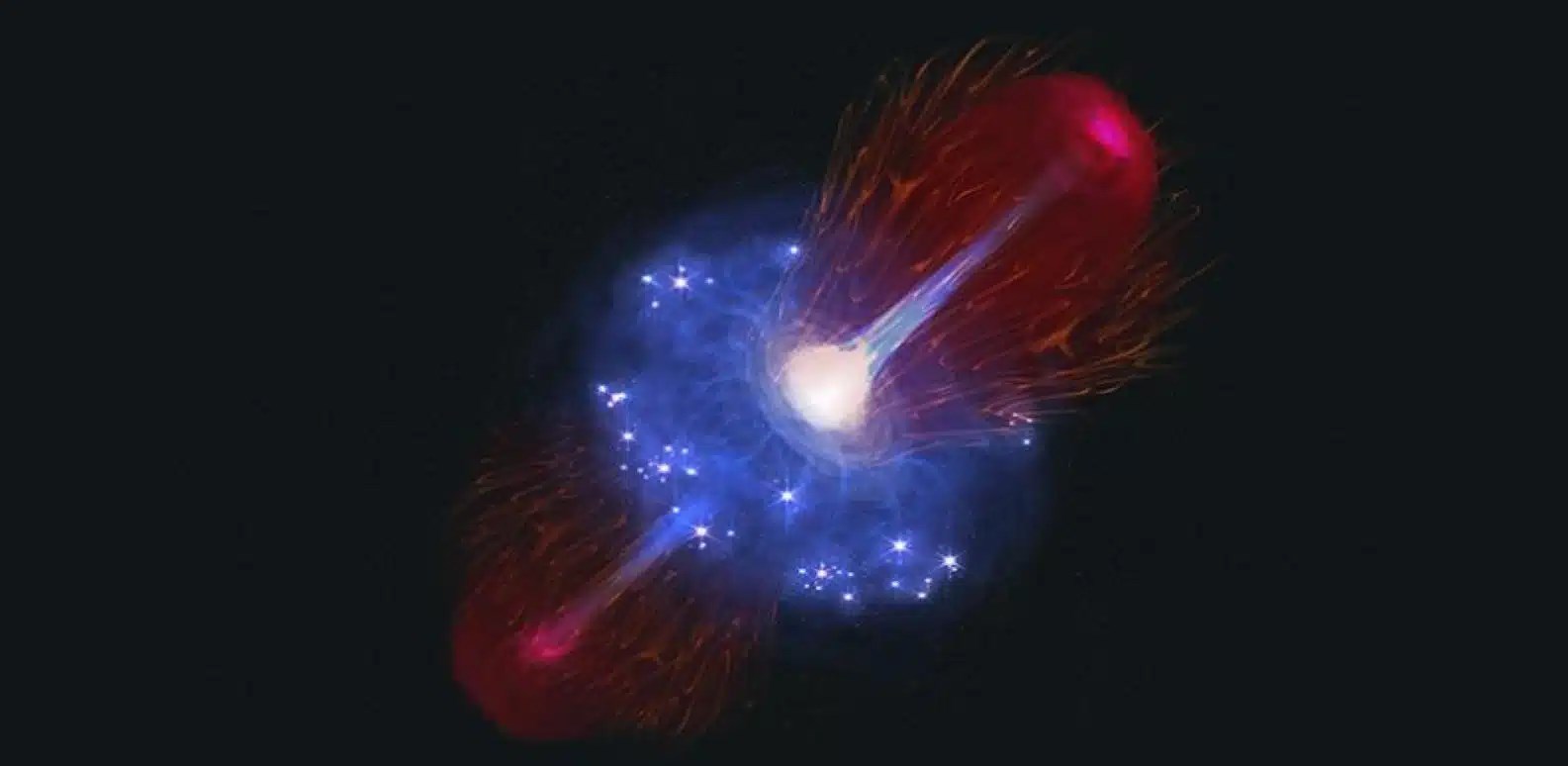See Full Size
It has an incredible mass
The black hole, which is said to have formed only 800 million years after the Big Bang, 400 million times the mass of the Sun in size. With this size, it is one of the largest black holes detected by the Webb telescope in the early universe. Even more remarkable is the host of this black hole. approximately 40 percent of the galaxy’s total mass. creation. Clearly, this rate is at an incredible level. Because in today’s galaxies, black holes usually exceed the total mass of the galaxy. only 0.1 percentuntil.
See Full Size
Standard models are being questioned
The fact that such a large black hole existed motionless in the early stages of the universe is a significant explanation of how black holes are formed. challenges existing models. According to standard theories, black holes are formed by the collapse of dying stars and accumulate matter up to a certain limit. However, the extraordinary size of this black hole shows that these processes are not sufficiently explanatory.
Professor Roberto Maiolino, one of the team conducting the research, said that black holes were either born with huge masses in the beginning or were very large. short-term extremely rapid growth He claims that they are going through their periods. “It is possible that black holes were ‘born big’, which could explain why Webb detected massive black holes in the early universe. “But another possibility is that they go through periods of hyperactivity and then go into a long period of sleep.” says Maiolino.
Short-term hyperactivity, long-term sleep
See Full Size
Researchers found that black holes last for short periods of time. Eddington limit It has been shown that it can grow rapidly and then remain dormant for long periods of time. According to simulations, these black holes Active for 5 to 10 million years While consuming substances, approximately dormant for 100 million years remains. This also explains why black holes are detected more frequently during their “sleep” periods.
For those who don’t know, the Eddington limit refers to the balance between the gravity and radiation pressure of a star or other celestial body in astronomy and astrophysics. This boundary is named after British astrophysicist Sir Arthur Eddington. For black holes, the Eddington limit is an important limiter that determines the rate at which the black hole accumulates matter. Recent findings show that this limit can be exceeded by some black holes.
Source
https://www.bbc.co.uk/newsround/articles/c0ewzdlyqxxo
https://www.cam.ac.uk/research/news/massive-black-hole-in-the-early-universe-spotted-taking-a-nap-after-overeating
https://www.nature.com/articles/s41586-024-08210-5
This news our mobile application Download using
You can read it whenever you want (even offline):





